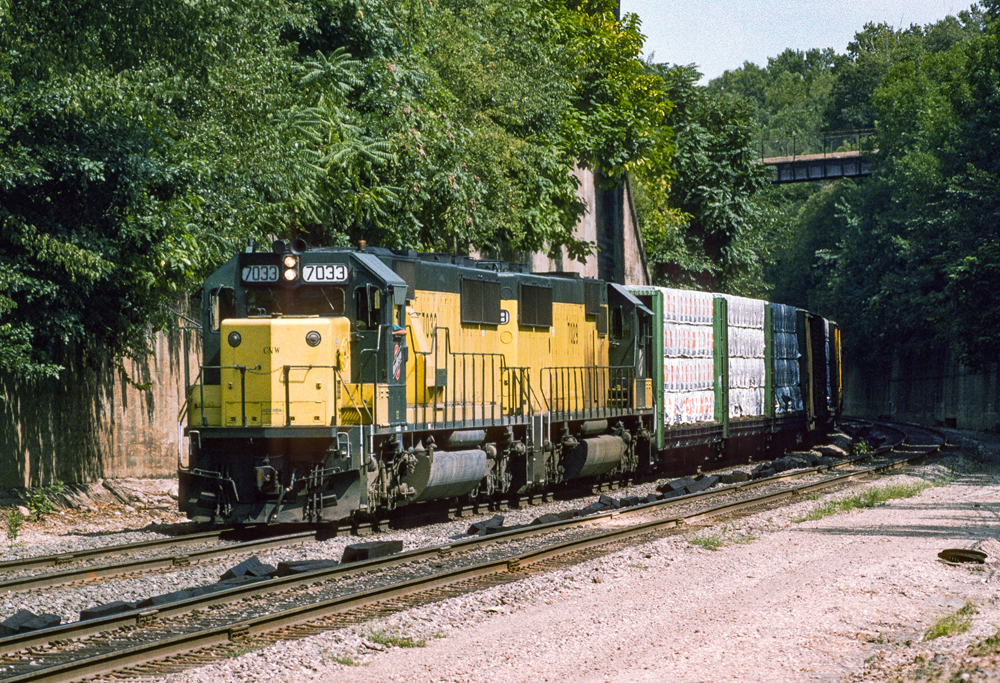
The model railroad industry has featured fantasy-painted locomotives for years. These are locomotive models painted for railroads that never actually owned them. Think Canadian National GP60Ms, Burlington Northern ES44ACs or Monon SD70ACes — designs the railroad either never purchased (Canadiana National), or for which the railroad wasn’t in existence at the time the locomotives were […]
Read More…
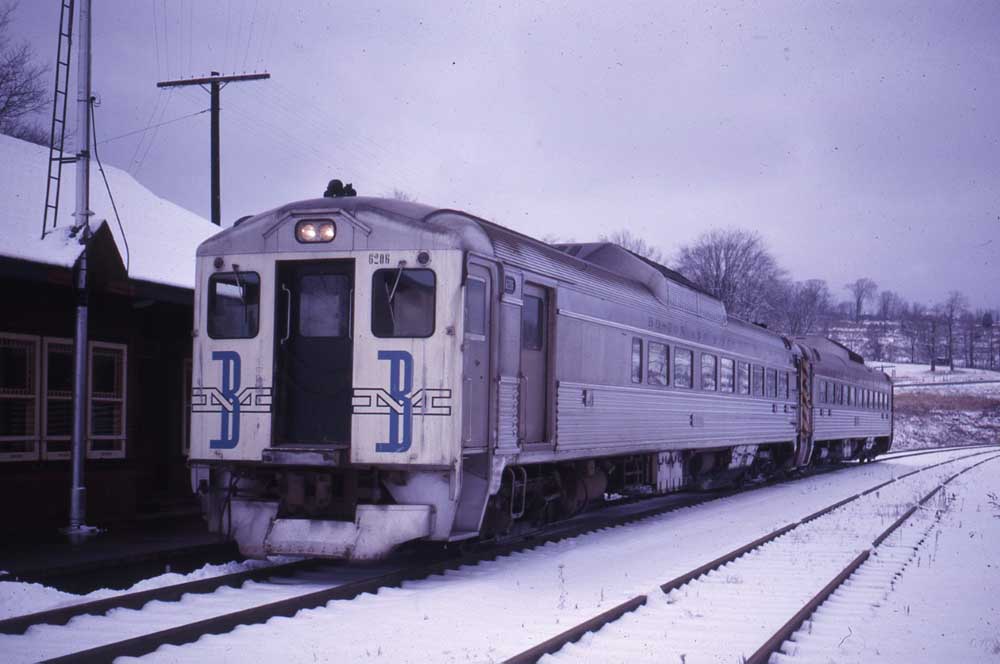
To win over the railroads with its new Rail Diesel Car (RDC), the Budd Co. wasn’t content with a single model type. In a time of declining passenger traffic during the post war years, the car manufacturer banked on multiple to meet the needs of either passenger, baggage-express or mail, as well as for all […]
Read More…
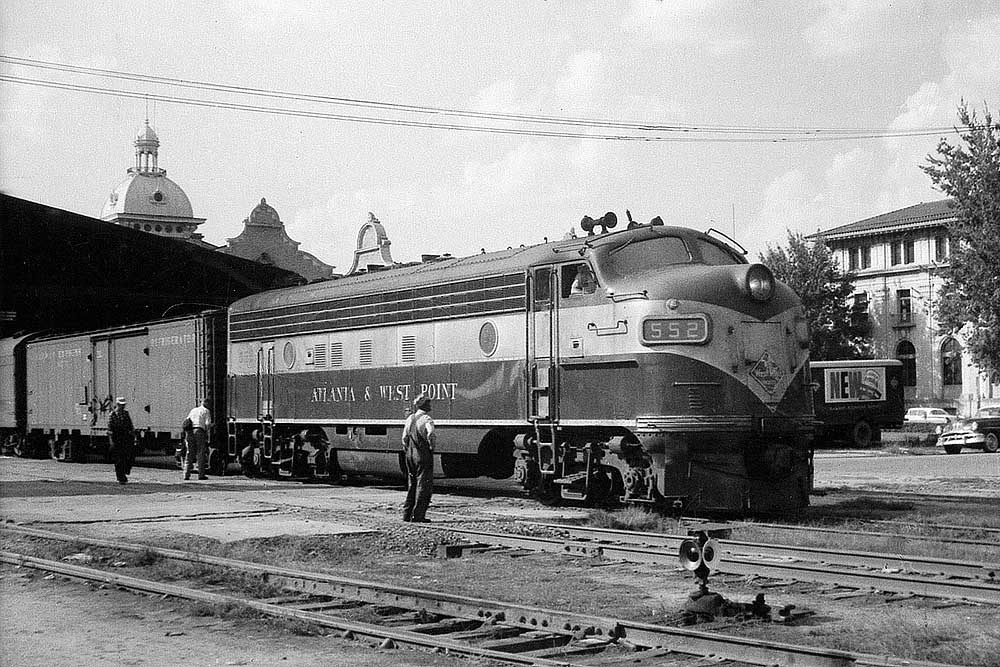
First the tracks were built east. Then west. Then west some more. Such were the uncertain beginnings of what became the West Point Route. Construction began on the banks of the navigable Alabama River at Montgomery, the capital. During 1834-41, 32 miles of standard-gauge track extended east toward both West Point and Columbus, Ga., […]
Read More…
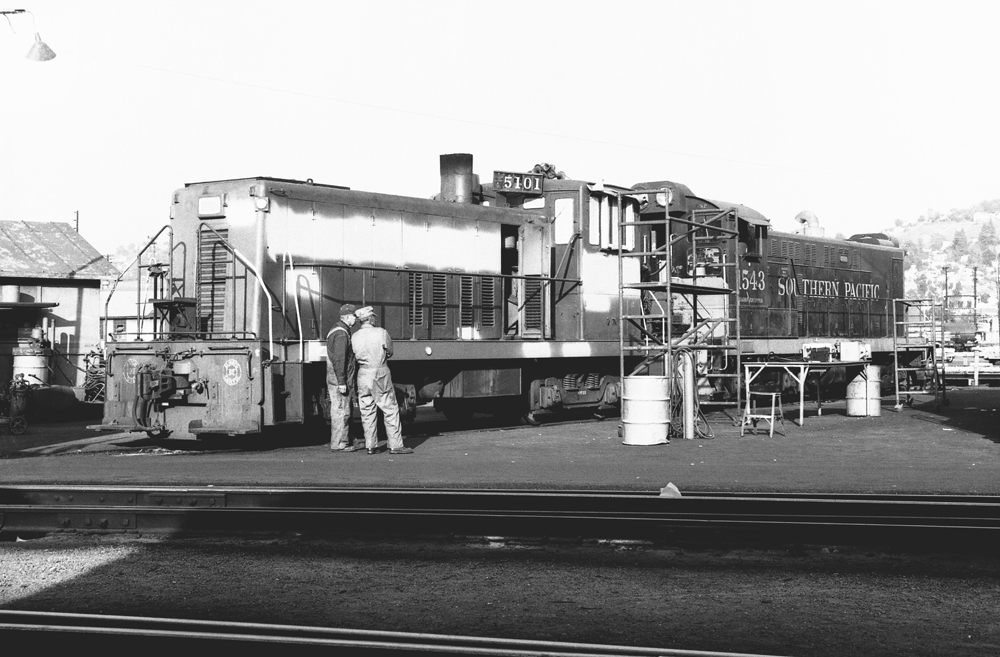
Diesel locomotive paint track A visit to Southern Pacific’s Taylor Yard in Los Angeles always included a run by of its diesel locomotive paint track. It was the one place that the usual combined with the unusual, the largest mingled with the smallest. A model of practically everything the SP owned sooner or later wound […]
Read More…
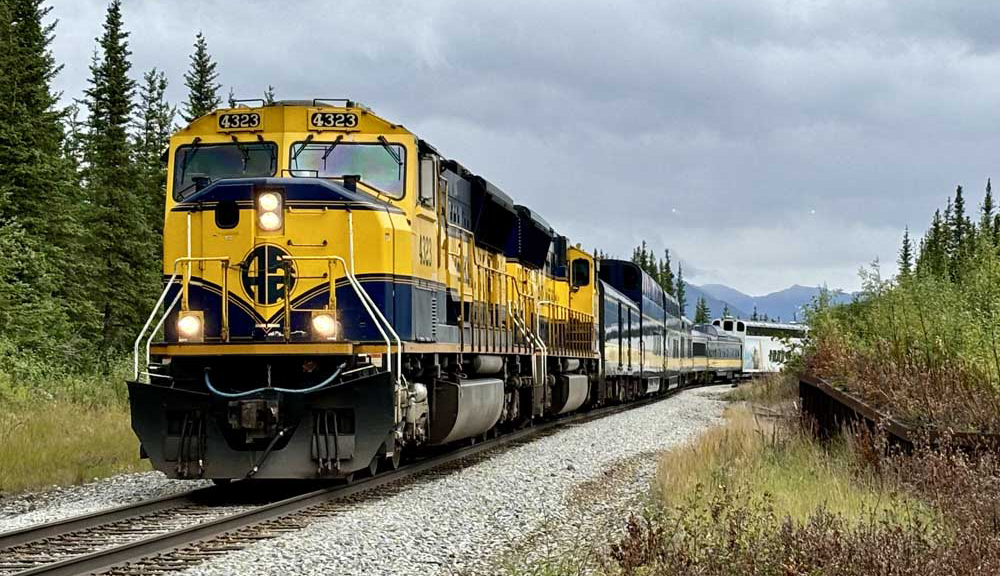
Early last spring, it was time to plan a summer vacation and get to some unfinished business. Alison and I agreed on the overall goal: get to Alaska. For her it was the call of Denali National Park and the fjords along the coast south of Seward. For me (no surprise), it was the chance […]
Read More…
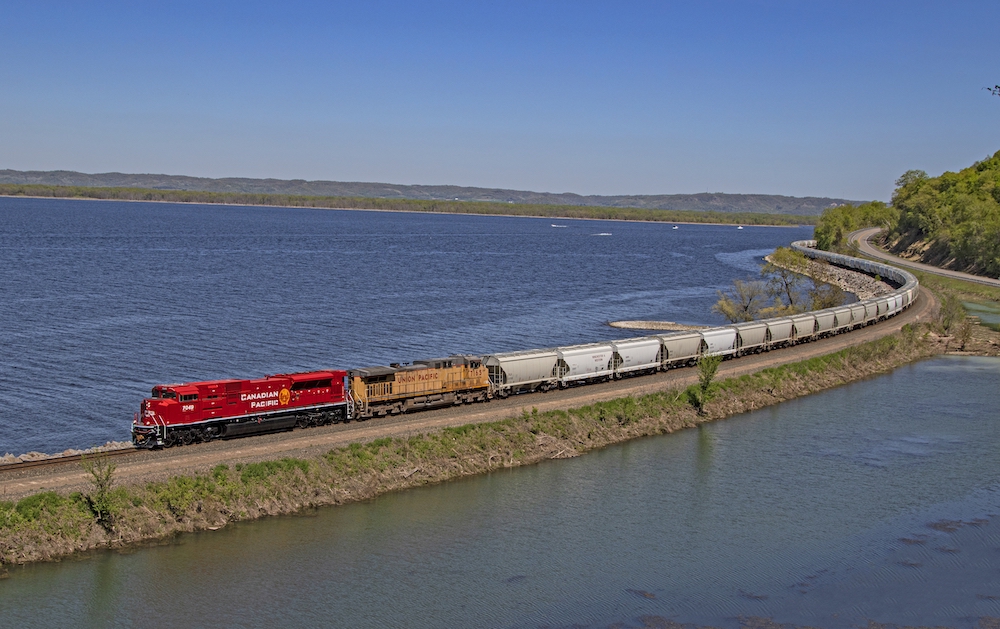
Railfanning the upper Mississippi River is a rewarding experience. The area’s scenic beauty rated a slogan from the Burlington Route: “Where nature smiles 300 miles,” enticing passengers to Chicago, Burlington & Quincy passenger trains along the east bank of the river. Milwaukee Road’s Hiawathas (slogan: “Nothing Faster on Rails”) competed for Chicago-Twin Cities business using its own […]
Read More…
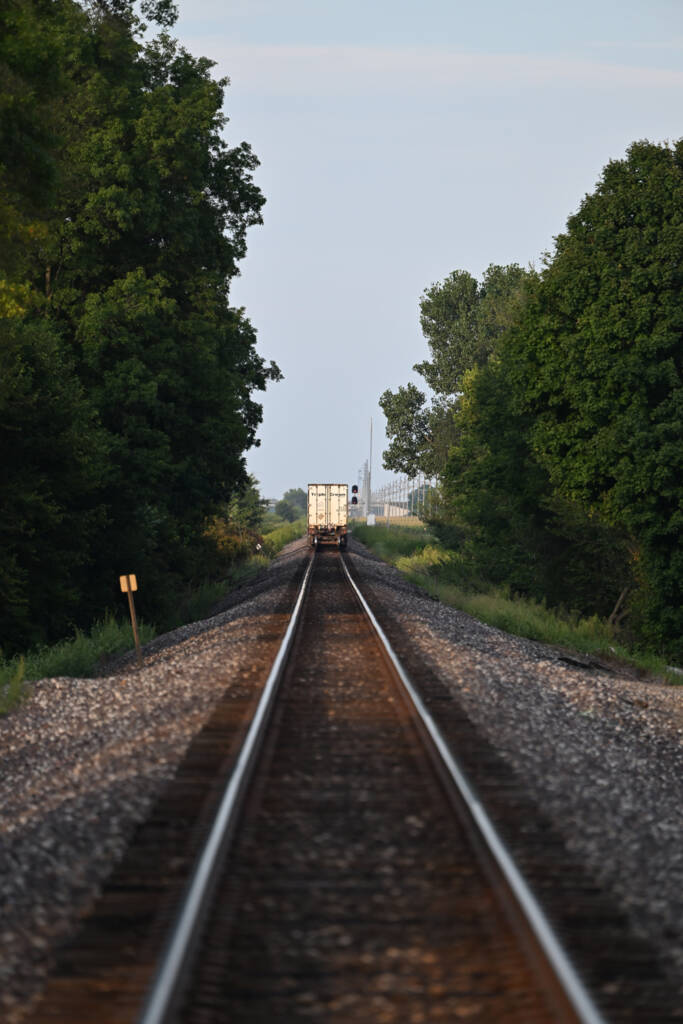
Last runs of the RoadRailers The RoadRailer era is over. Once extending to a number of railroads — and for several years exclusive to Norfolk Southern — the RoadRailer period came to an end on the weekend of Aug. 24-25, 2024. NS, having previously pared back its offering of Triple Crown-branded routes to a single […]
Read More…
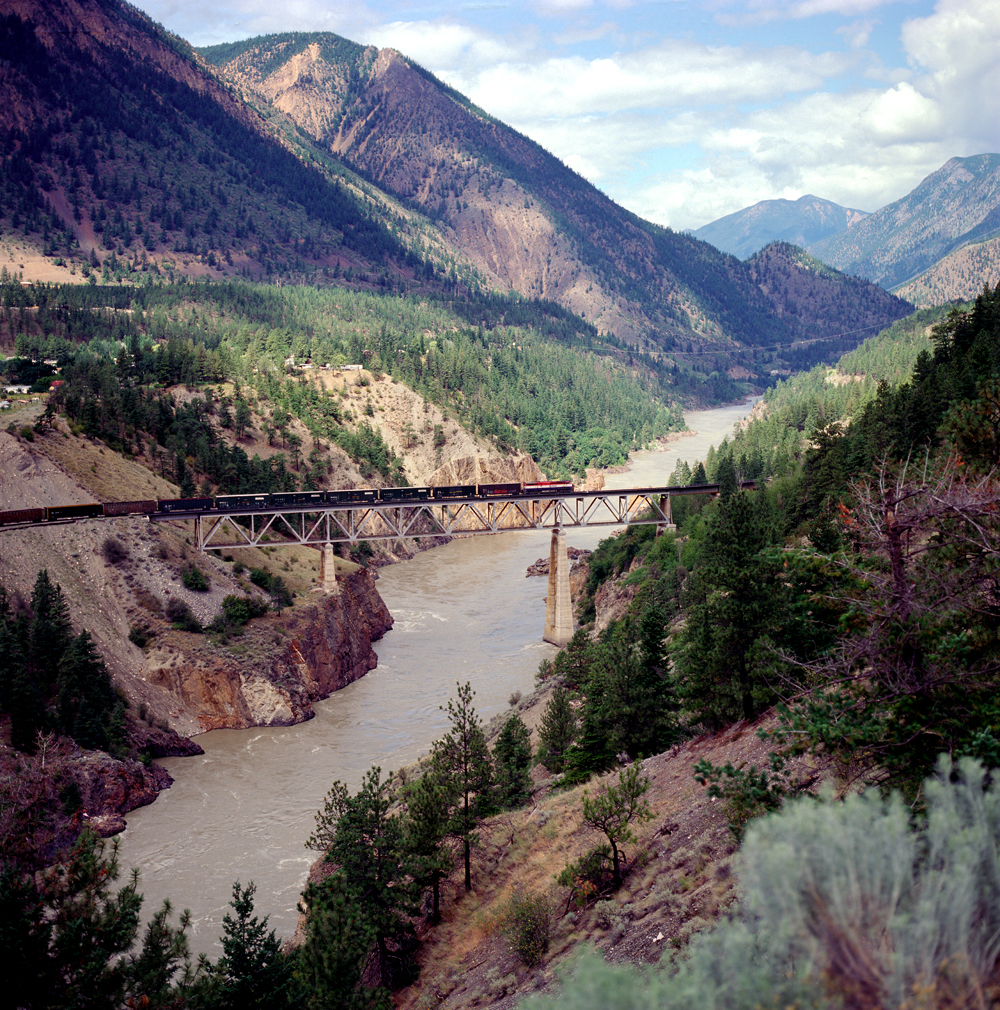
BC Rail In May 1996, during the long Canadian weekend celebrating Victoria Day, a national holiday, there was a crew shortage in Lillooet, British Columbia, on BC Rail. Normally, Lillooet had a fairly quiet joint conductors spare board — one could sit second-out for the better part of a week! That weekend, most of the […]
Read More…
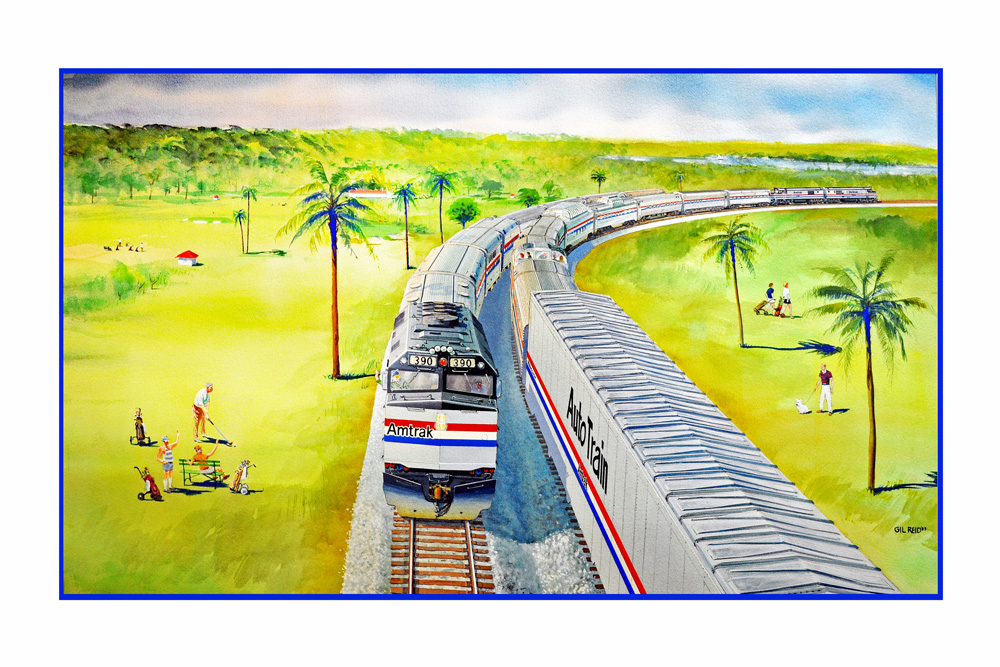
Gil Reid’s prized Auto Train watercolor Wall calendars have always been an effective business advertising tool, and some of the most memorable and collectable have been products of the public relations departments of America’s railroads. Anxious to make establish the branding of its role as the newly formed National Railroad Passenger Corporation, Amtrak began producing […]
Read More…
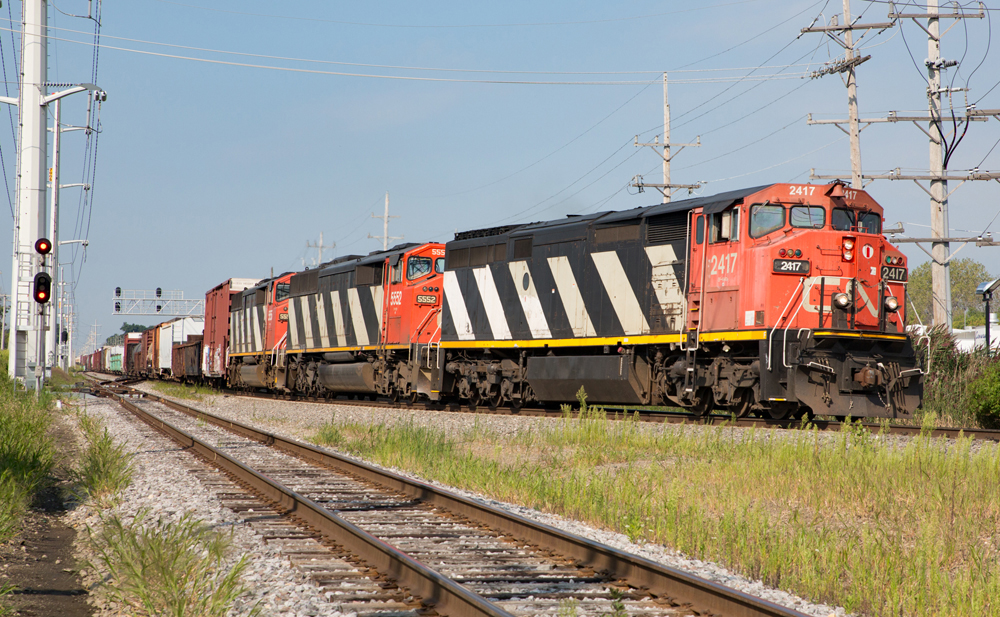
Canadian National cowls Six-axle freight locomotives built with a cowl carbody are a rare design when looking at the overall quantity of models built for North American service. Compared to the thousands of GP9s, SD40-2s, and C44-9Ws built, no one cowl model exceeded 100 locomotives ordered. Canadian National ordered four of the six six-axle freight […]
Read More…
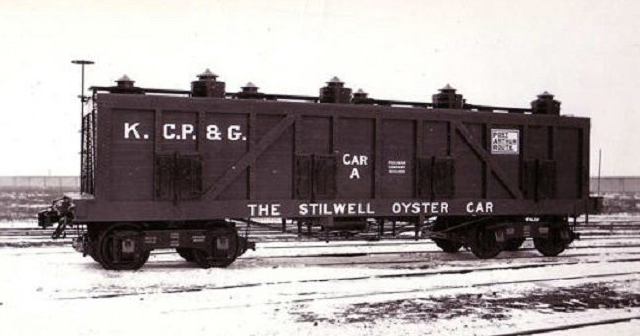
Combine culinary style of the late 1800s, the taste of one railroad magnate and the inspiration of another plus throw in a touch of crazy. The result is an attempt to satisfy a national craving for oysters. The old saying stands that necessity is the mother of invention. In this case, the need was finding […]
Read More…
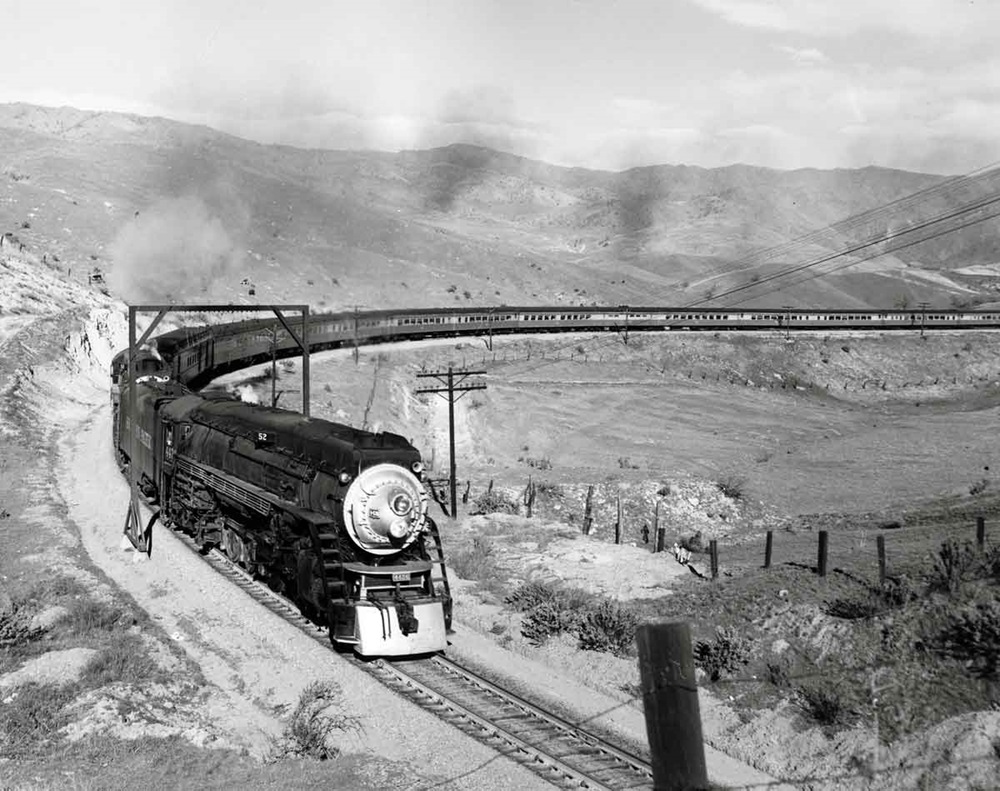
When it comes to showmanship in mainline mountain railroading, California’s Tehachapi Pass can be described as a grand theater. Located between Bakersfield and Mojave, historic Tehachapi Loop is at center stage, an impressive helix stretching three-quarters of a mile while looping over itself to gain 77 feet in elevation. The loop itself sits at about […]
Read More…












